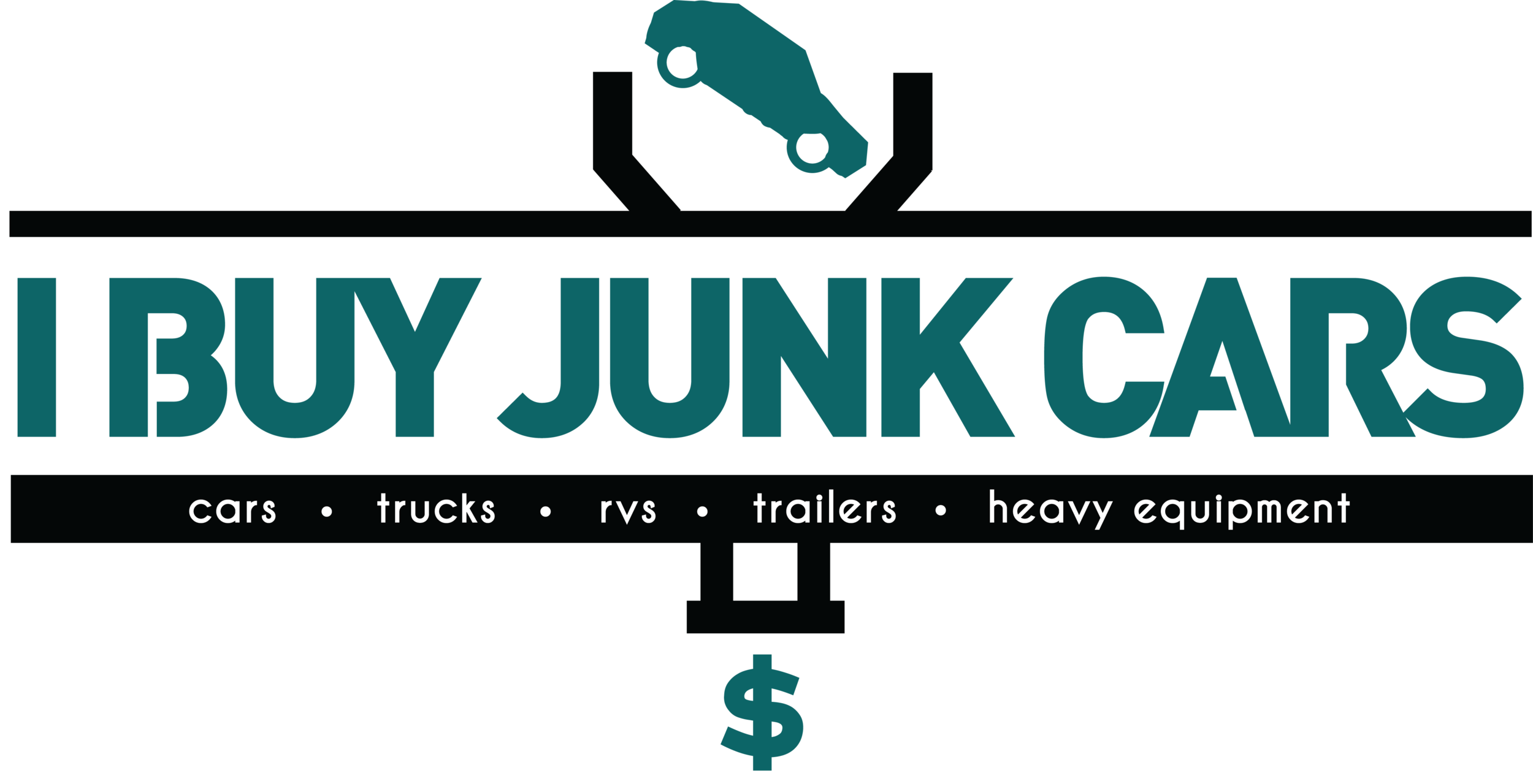The Basics of Understanding Wheel Alignment
When your car shakes on the freeway, drifts or has tires which are wearing poorly, it may need a wheel alignment. Wheel alignment isn’t well understood, so today we’re going to explain some of the different aspects of wheel alignment.
Poor wheel alignment can be caused by normal wear and tear, tire pressure, or a mishap such as hitting a curb or a pothole.
Toe
There are different angles of alignment. The first one is the toe. If you look down at your feet while your toes are straight ahead, that’s the way your car tires should be. A positive toe, or toe-in, is when you cock the toes on your feet toward each other, and a negative, or toe-out is the opposite. The tires of your car can do the same thing, toe-in or toe-out, and this can and should be corrected because positive or negative toe can cause extremely fast irregular tire wear.
Camber
Camber is the angle of the wheel from top to bottom. If your wheels look splayed out, like a little boy has been using your car as a racer and mashing it hard to the floor, your alignment has a negative camber. If the tops of the tires are further apart than the bottoms, your car has a negative camber. Uneven camber will affect one side or the other of your tires tread wear.
Caster
Caster is the location of your wheel in relation to the rest of the wheel. See how the fork of the bicycle in the picture is in front of the movement assembly? When the wheel is more forward than the mechanisms that cause motion, it's called positive caster. There should generally be a slight (1-3%) positive caster to increase stability when you turn at high speeds. At slower speeds, such as city driving, it will cause wear to the outside shoulders of the tires. Even though higher positive caster makes a car more difficult to turn, most cars have power steering, which cancels it out. And, of course, an unequal caster can cause uneven tire wear.
There are various tools for drivers who want to check their own wheel alignment
These three components make up the basics of alignment. You don’t have to be an expert in tire alignment, but it helps a lot when you take your car in for a front end alignment, and your eyes don’t glaze over when the mechanic talks to you about a problem the car might have.
How often should tires be aligned?
There are three conditions under which a car should have a wheel alignment. The first is when new tires are put on the vehicle. A car owner wants those new tires to start out with the best possibility of extending their life, and starting with the potential for uneven wear due to poor alignment is a travesty.
The second is if the car tracks unevenly, if it pulls one way or another on a straight, flat surface or if it steers or brakes poorly. Sometimes this will happen after you’ve dropped into a deep pothole or hit a curb.
The third is during the annual tire rotation. Have the tires rotated and a wheel alignment at the same time, since as a car ages, wear and tear on parts can affect alignment.
Hopefully, this has taken some of the mystery out of basic terminology and processes of wheel alignment and why it’s essential for proper steering, braking, and the life of your tires.
If you are in the Phoenix Metro area and want a no-hassle cash quote for an old, wrecked, unwanted, salvage or burned car, SUV, van or truck, give us a call at I Buy Junk Cars. 480-771-8290.



